Today, we are taking a walk through the sacred gardens at the Druid’s Garden Homestead. There are so many lessons to learn with a simple walk in a beautiful garden. Today’s Lughnasadh garden walk reminds us of the power of nature to heal wounds, strengthen our spirits, and help us through challenging times. For more on the creation of some of these gardens, please see the meditation garden with hugelkultur beds and creating our greenhouse from an old carport. You can also learn more about the principles behind this garden through sacred gardening principles as well as permaculture design. These principles are what we use to guide our decision-making in the space. With that said, let’s begin our walk….
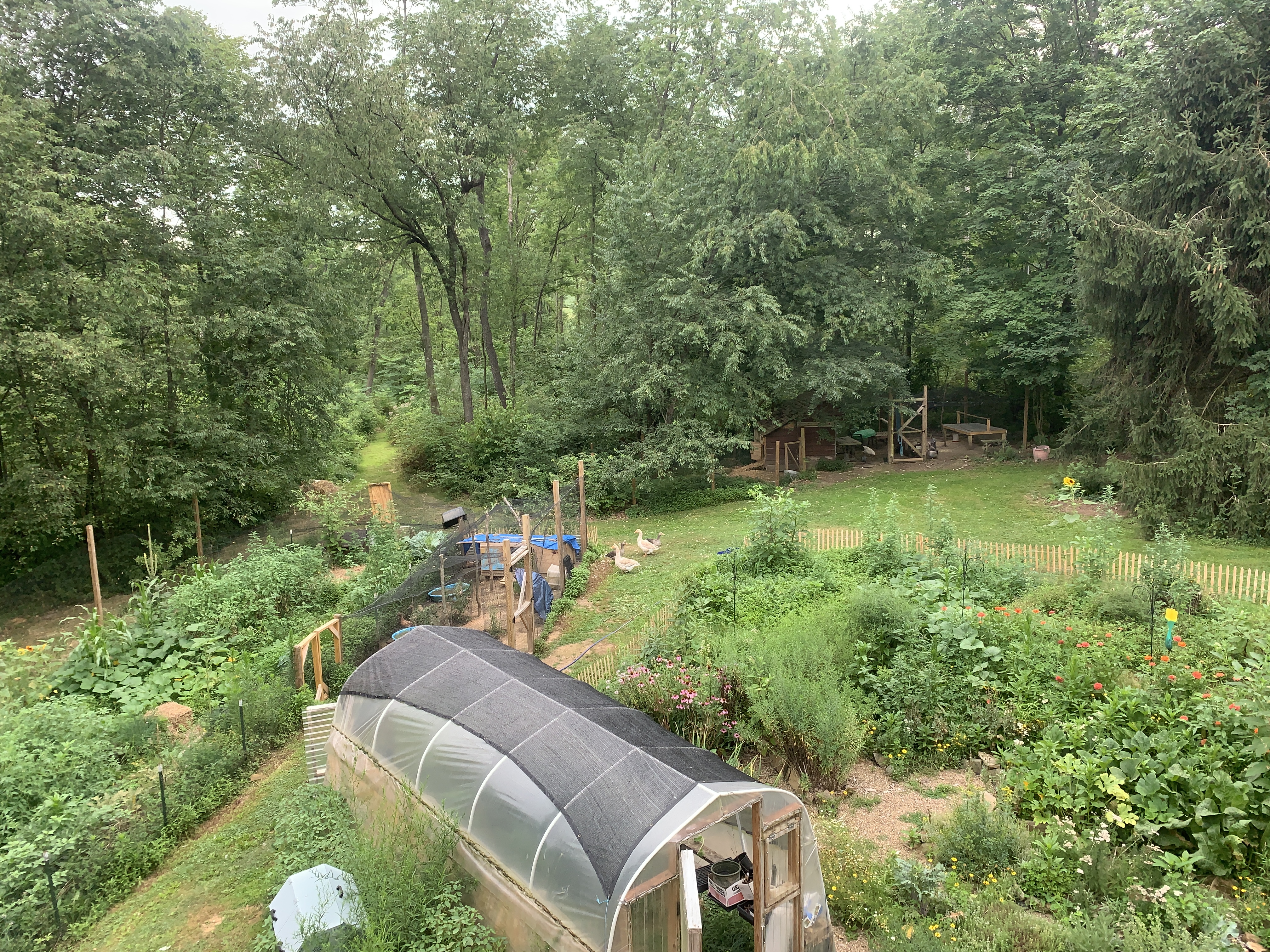
The way I’ve written this article is that the main text in between the photos offer spiritual lessons, while the captions on the photos describe what you are seeing. You might choose to read captions first, and then go back and read the main text. It is a weaving of inner teachings with outer practices.

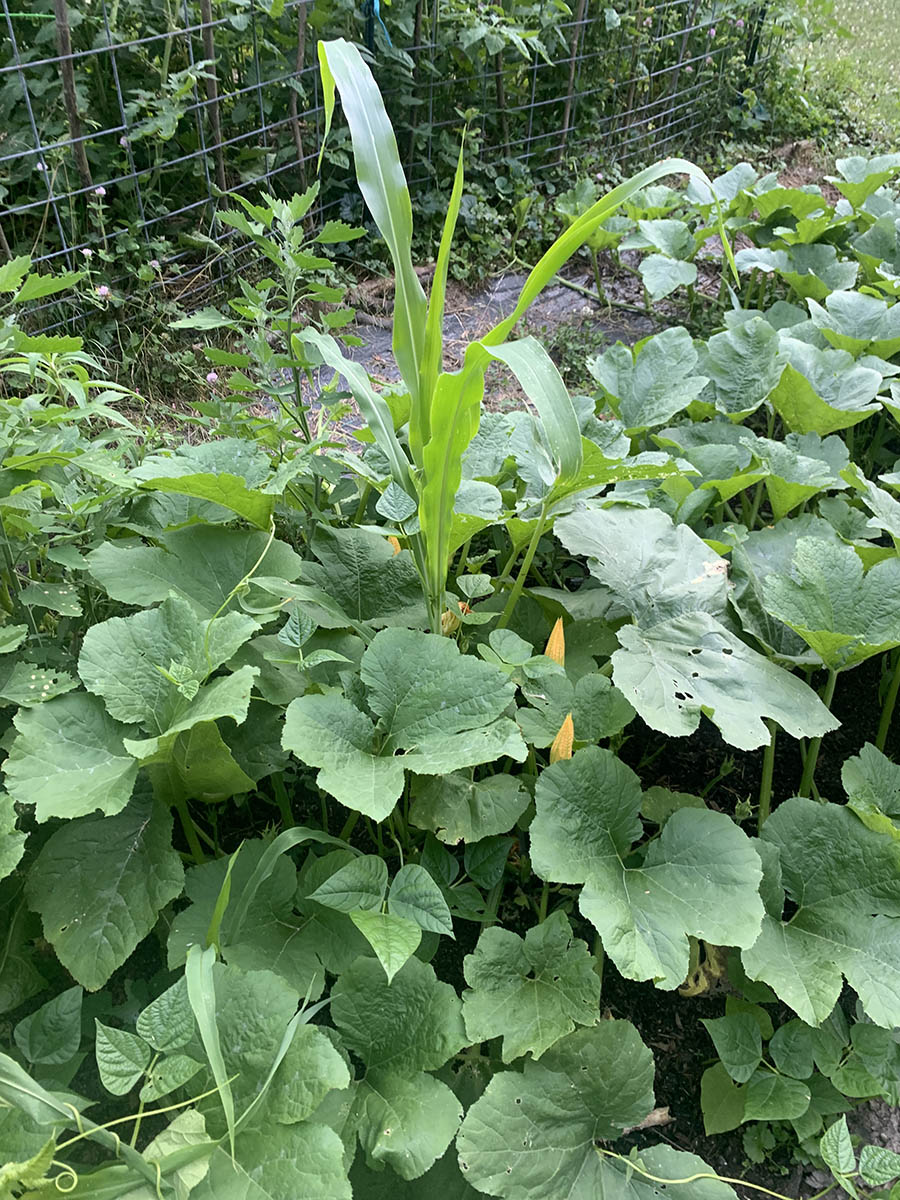
All gardens are always in the process of cycling and change. The cycle and progression of the season are constant. Each season progresses through seed starting, planting, growth, harvest, and fallow times. Gardening brings us powerfully back into the cycles and the seasons and reminds us to enjoy the moment, for the change is always afoot. Plants bloom, they produce flowers and fruit, they go to seed, and they die or go fallow. This cycle repeats again and again–both in the garden and in our own lives: times of new seeds being planted, times of growth, times of harvest, and times of passing on. Taking part in this in a sacred garden can help us have a deeper insight into these patterns and cycles in our own lives.
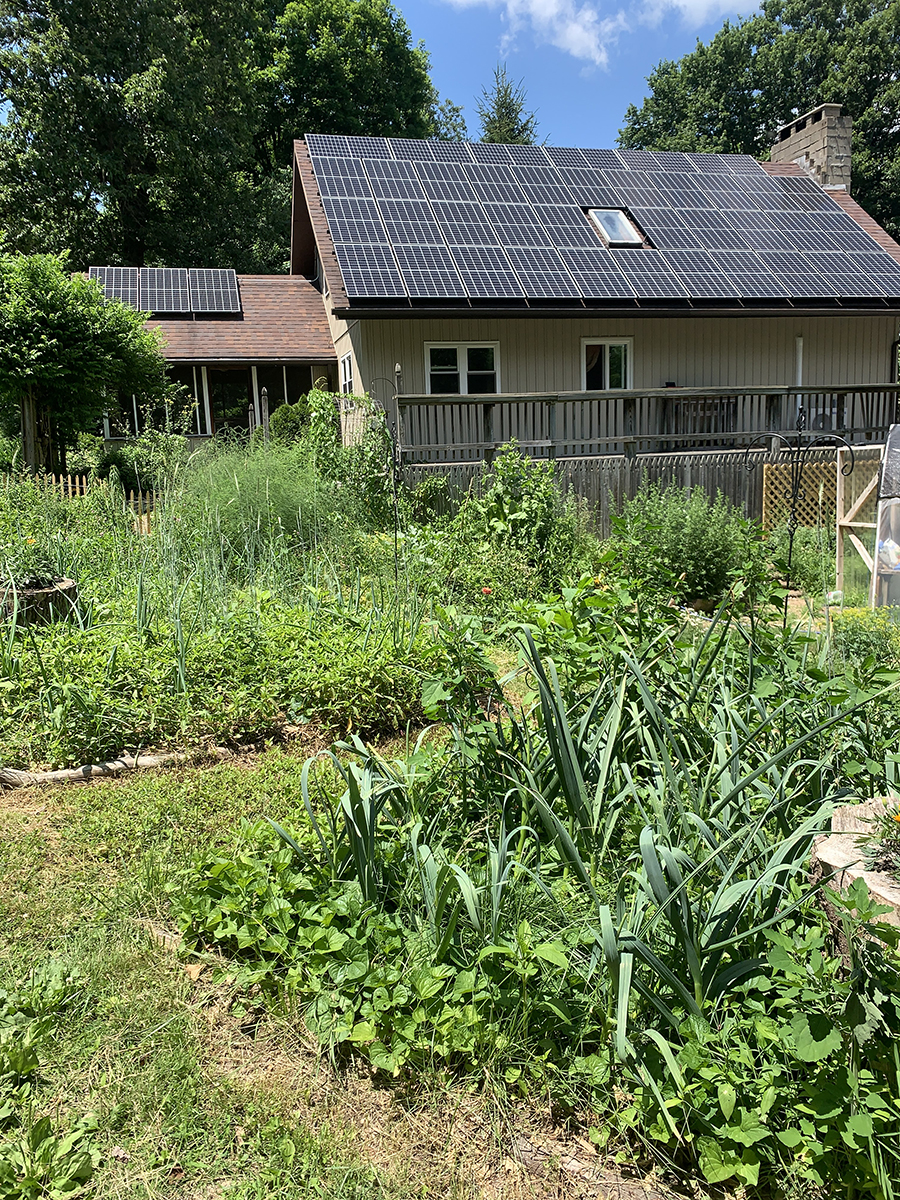
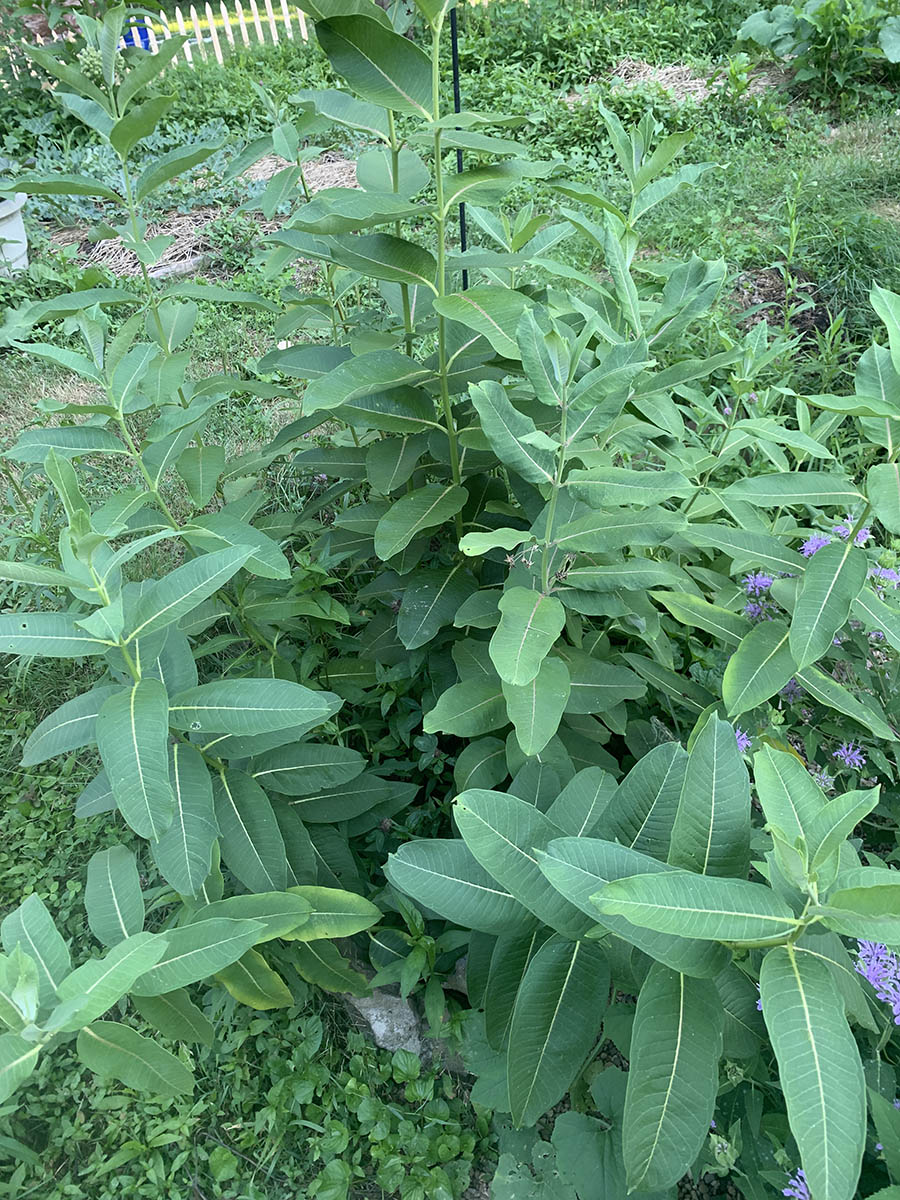
While these larger cycles and seasons are always at work, each season is also uniquely different. A single season is different than the year before, even if there are similarities and broader patterns. For example, this year, we’ve had one of the driest years on record (and two years ago, we had the wettest year on record) and are in a borderline drought. From this, we learn adaptation, we learn how to grow with more heat and less water–it has been a hard summer. We learn, for example, that certain plants thrive in this heat (sages, rosemary, monarda, mugwort) while others struggle (annual veggies, especially squash with broad leaves). This is the nature of gardening now, with unpredictable weather patterns and climate change. Just like other cycles we humans face–some of us struggle and some of us thrive, depending on the individual circumstances. Seeing the land respond to this intense sun and heat has helped me respond to many intensities in my own life (and the lives of us globally at present). I learn to take on the quality of sage, basking in the seemingly eternal scorching heat and growing strong despite months with no rain. I learn to grow thick like monarda, to protect my roots with my leaves and flowers. I learn to bask in the sun like rosemary, with small leaves that can withstand drought conditions. I learn the rest need a lot of water, and I am grateful for the spring that provides. I learn to carry on.
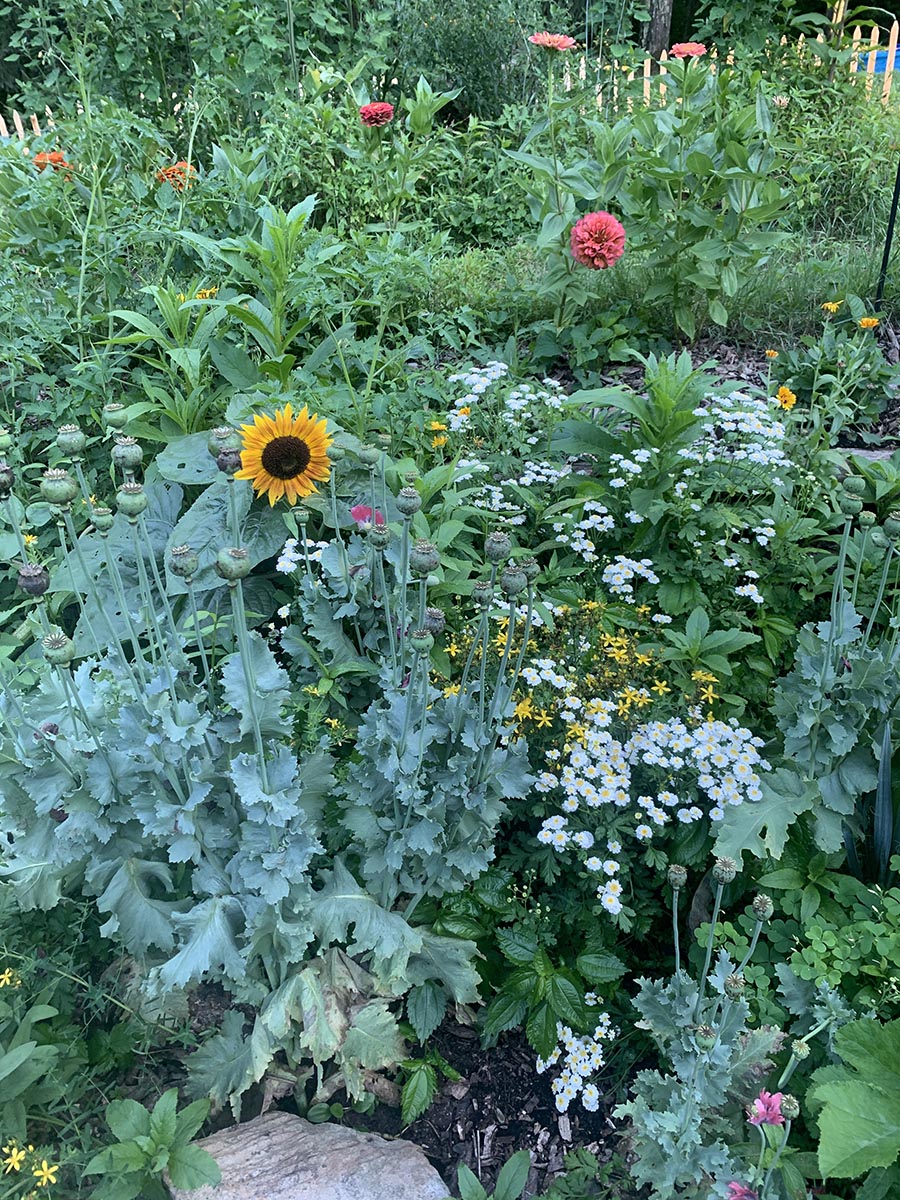

Another lesson as we walk through this amazing garden at Lughnasadh is the lesson of reciprocation. I write about this often because its a lesson that is lost to most in our present age. The sacred garden reminds us that we are always in a relationship, as equals, with the living earth. We tend and honor the land, and the land provides our needs. We can cultivate this same kind of relationship with the garden: the soil web of life, reminding us of the interconnection with all beings. With the seeds that I harvested from our spinach just this morning–the spinach died back leaving the seeds of hope for a new generation to be born, trusting that I will make sure those seeds are planted and tended. This sacred relationship is why, at Lughnasadh, a time of first harvest, we make offerings. The philosophy is simple: an offering encourages reciprocal relationships rather than one rooted only in extracting resources. While we tend and honor the garden, the garden tends and honors our spirits.
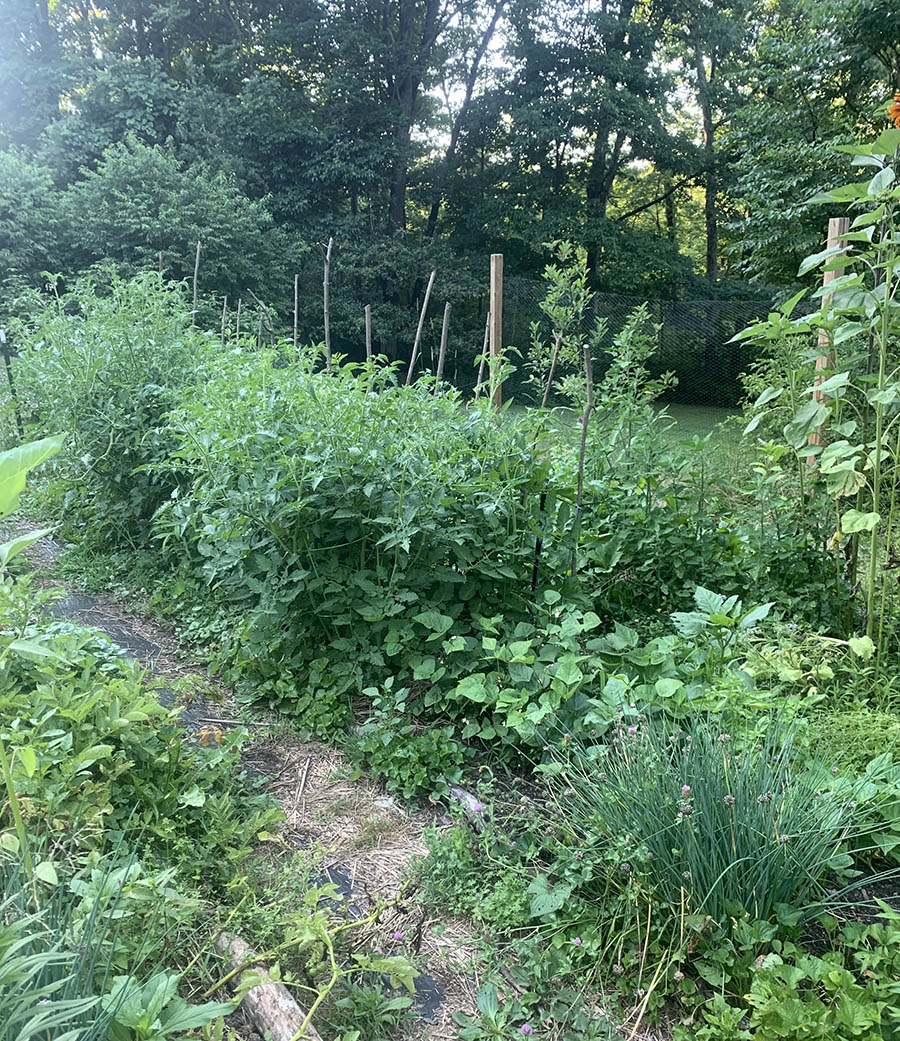
A walk through a sacred garden is perhaps best at Lughnasadh, at least here in our ecosystem in Western PA. This seems to always be the time when the garden is at its peak: peak vegetation, so many fruits, and vegetables being ready to harvest. The bulk of the harvest is still before us, and the plants are just abundant and full. Its a good lesson and good energy now, when we are in such challenging times. We are weary. The garden opens up to us, welcoming us, encouraging us to stay awhile, sit with that amazing energy, and remember that this cycle too will end.
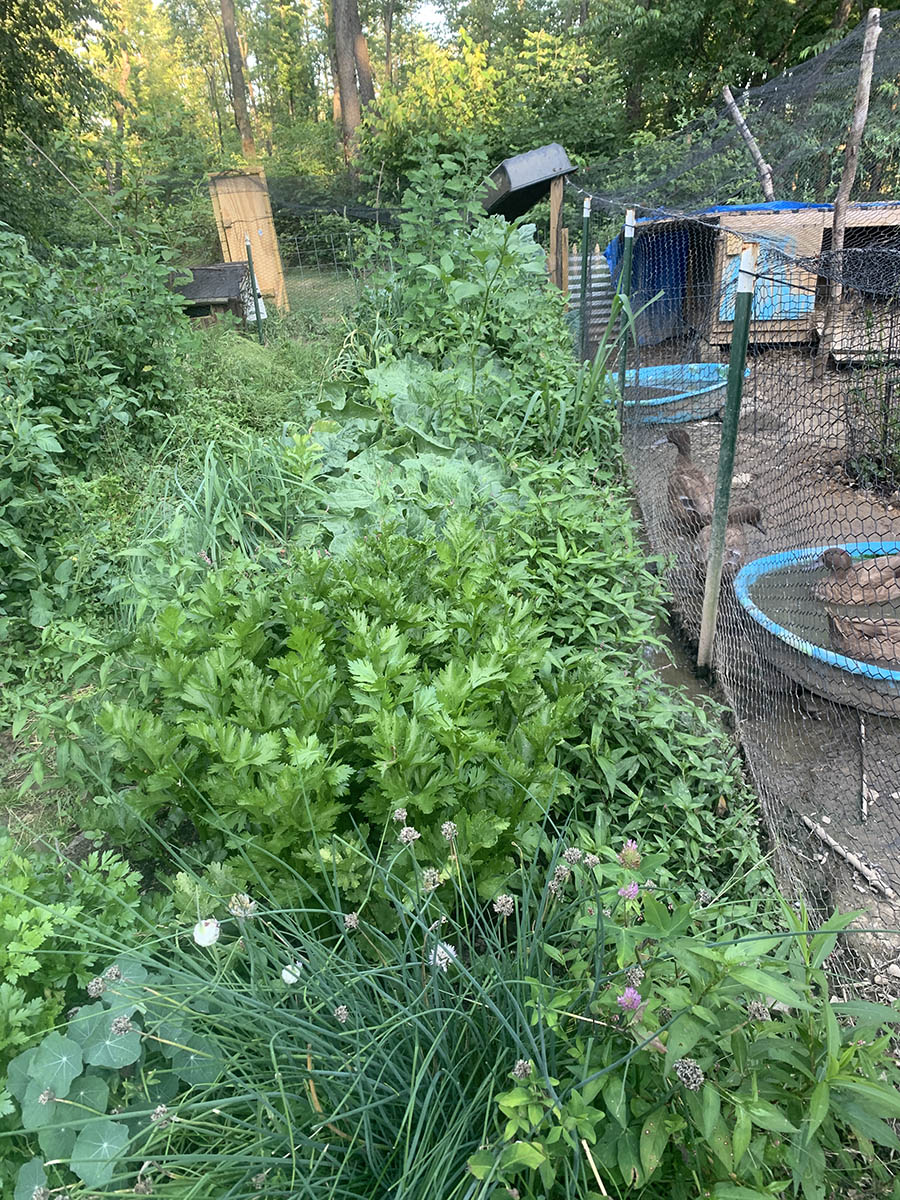
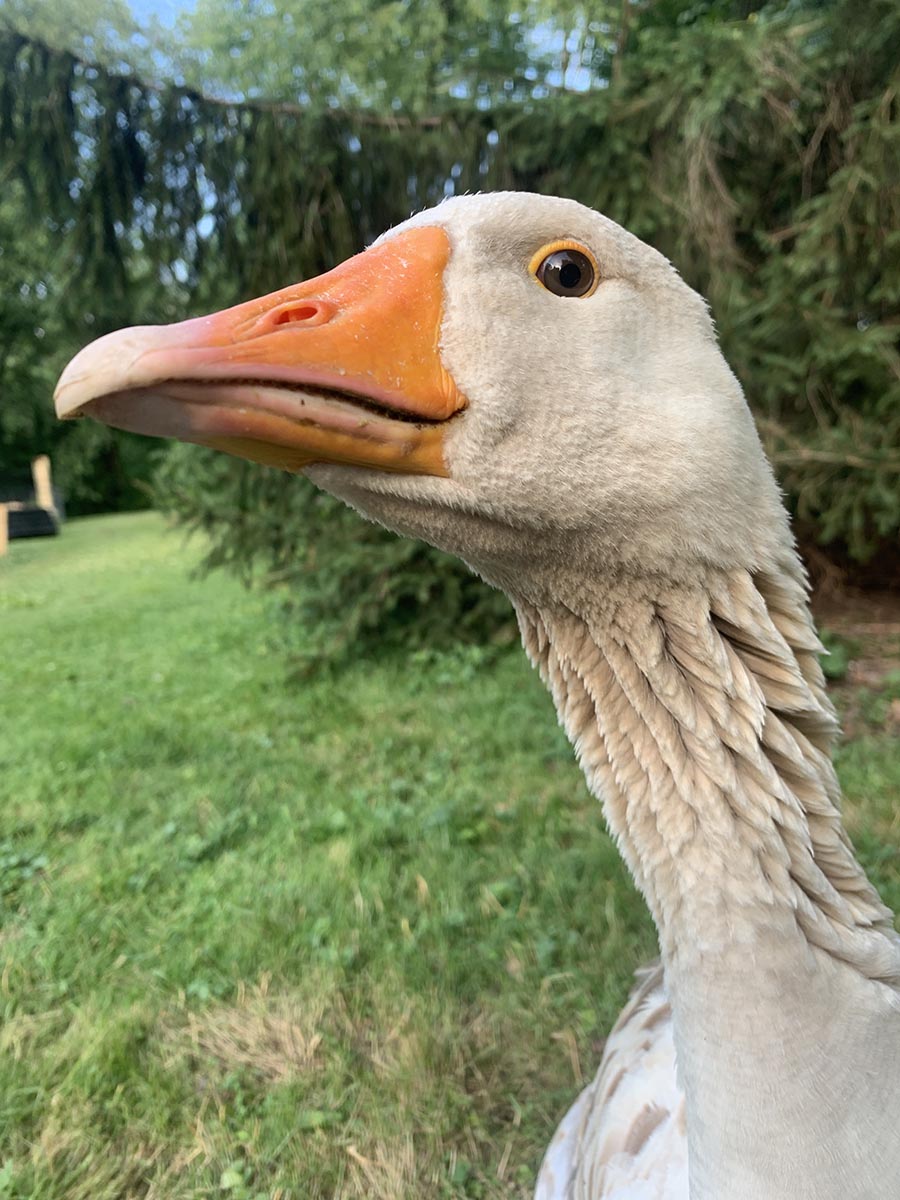
I hope you have enjoyed this walk through the gardens at the Druid’s Garden homestead! There are so many lessons to learn and take from any garden you visit.
PS: I will be taking a short writing break from the blog for a few weeks. I have been asked to spend the next two weeks reviewing the galley proofs from my publisher for my book that is coming out in 2021 – Sacred Actions: Living the Wheel of the Year through Sustainable Practices. I’ll see all of you in a few weeks! If you have any topics you’d like me to cover when I get back, please let me know!
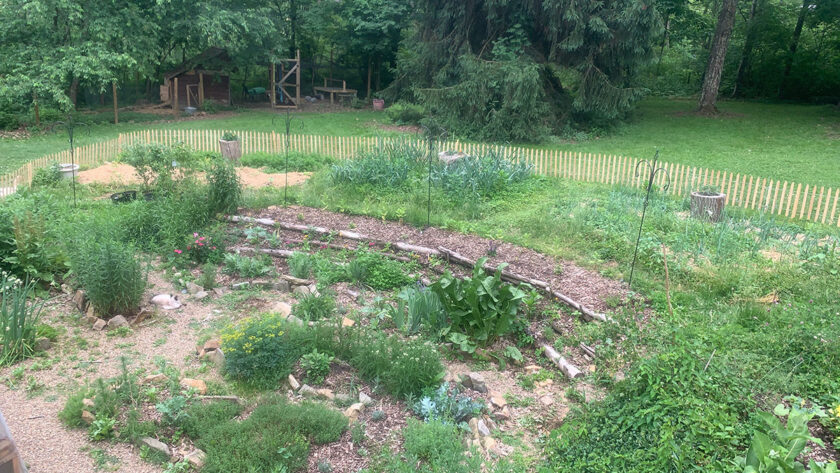

Reblogged this on Paths I Walk.
Congratulations on getting published! I look forward to reading the book.
Thank you, Paula! Its been a long journey but is certainly exciting :).
Reblogged this on Blue Dragon Journal.
Thank you for the reblog! 🙂
Dear Dana What a wonderful garden – so lush and full beauty🦋
I’m from Pittsburgh and have been wondering for a while where you are located in western pa
Do you hold activities in your space and are the gardens open to visit
Thanks so much,
May the blessings of the season be bountiful
Linda despines 🦋
Sent from my iPhone
>
Hi Linda,
I’m near Indiana, PA, 5 minutes away from Yellow Creek State Park. We do occasionally hold activities and events…obviously not right now due to coronavirus. But stay in touch and once the virus goes away, I’d be happy to have you come out!
Blessings,
Dana
I can’t tell you how much I love this! What practical beauty you have co-created! And congratulations on the book!
Aww, thank you Susan! I think that’s the goal–stacking functions to create food, medicine, habitat, beauty, and honoring of life! 🙂
Reblogged this on Good Witches Homestead.
Thank you for the reblog! 🙂
Looking forward to the book! Congrats on that!
Thanks Justin! 🙂